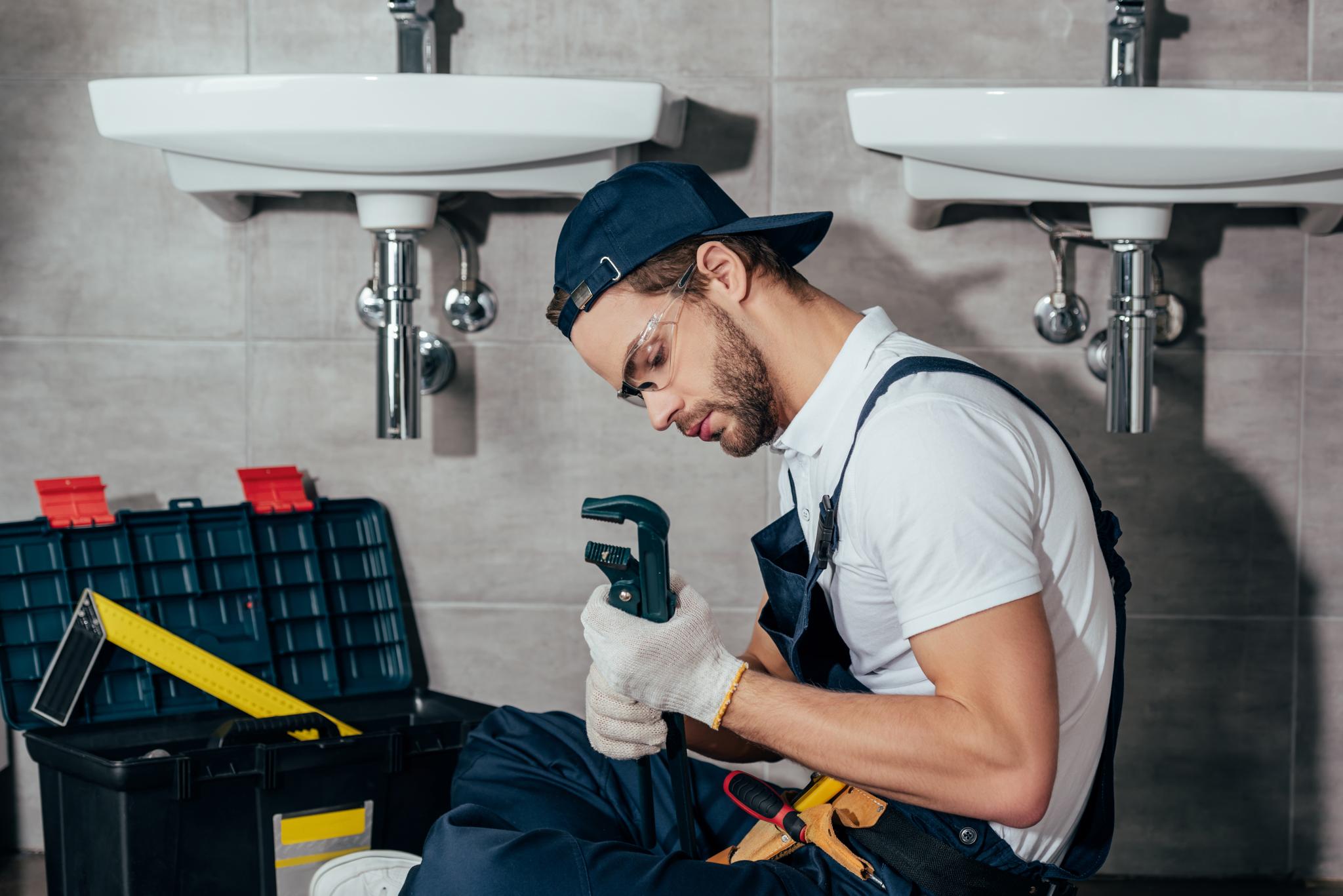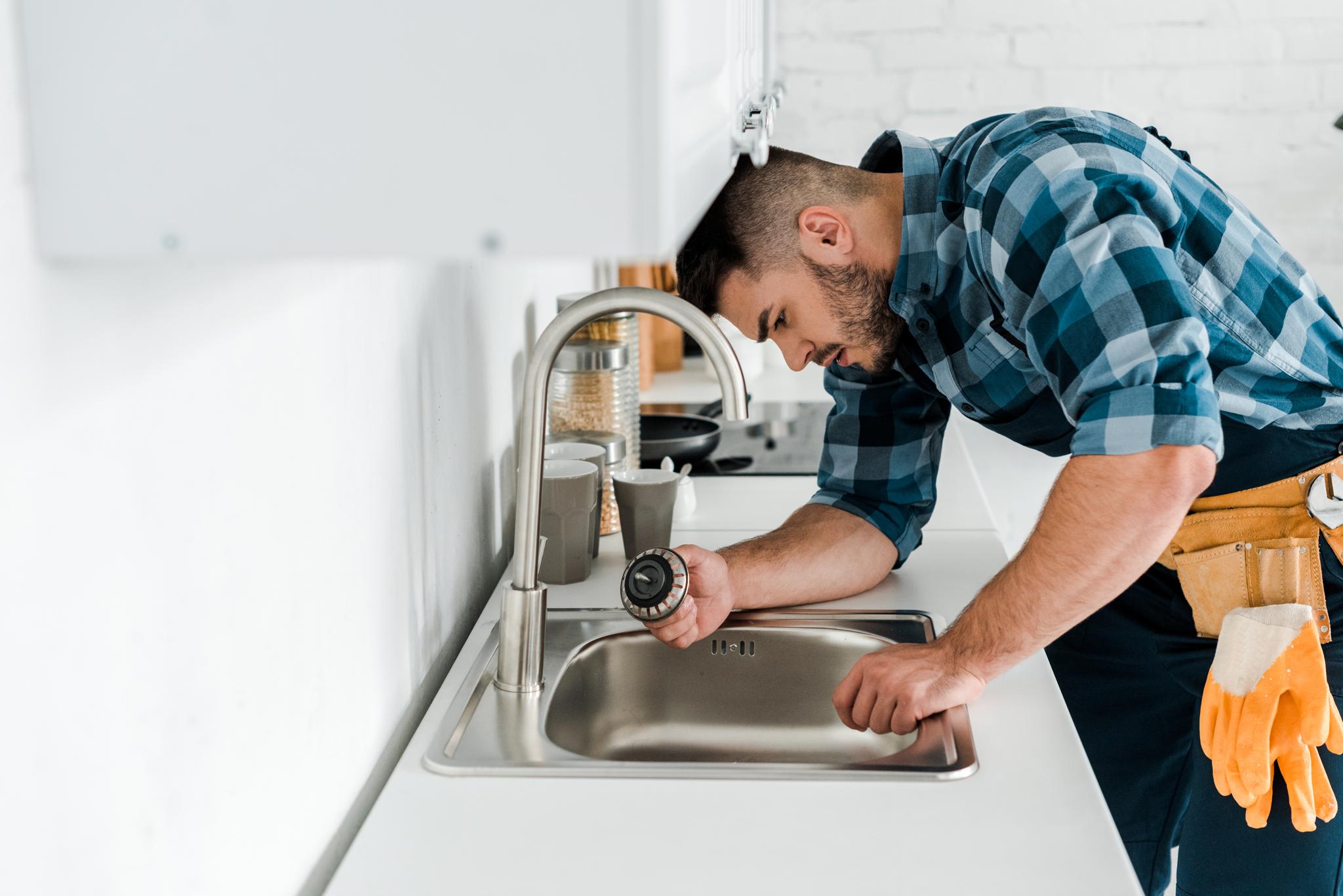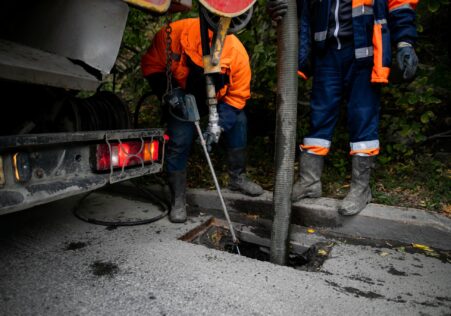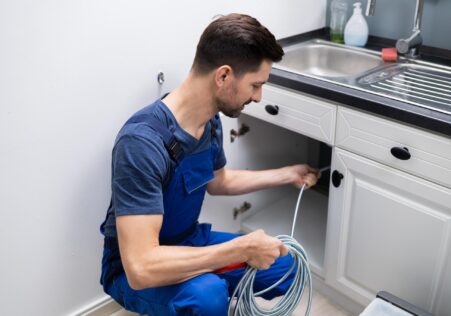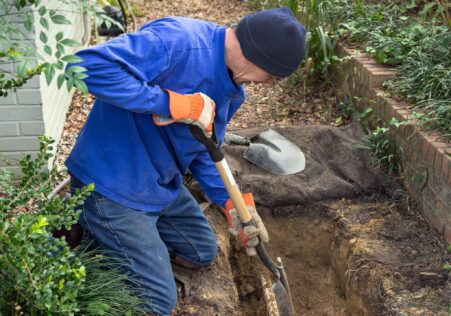How to Choose the Right Pipe Relining Material for Your Home
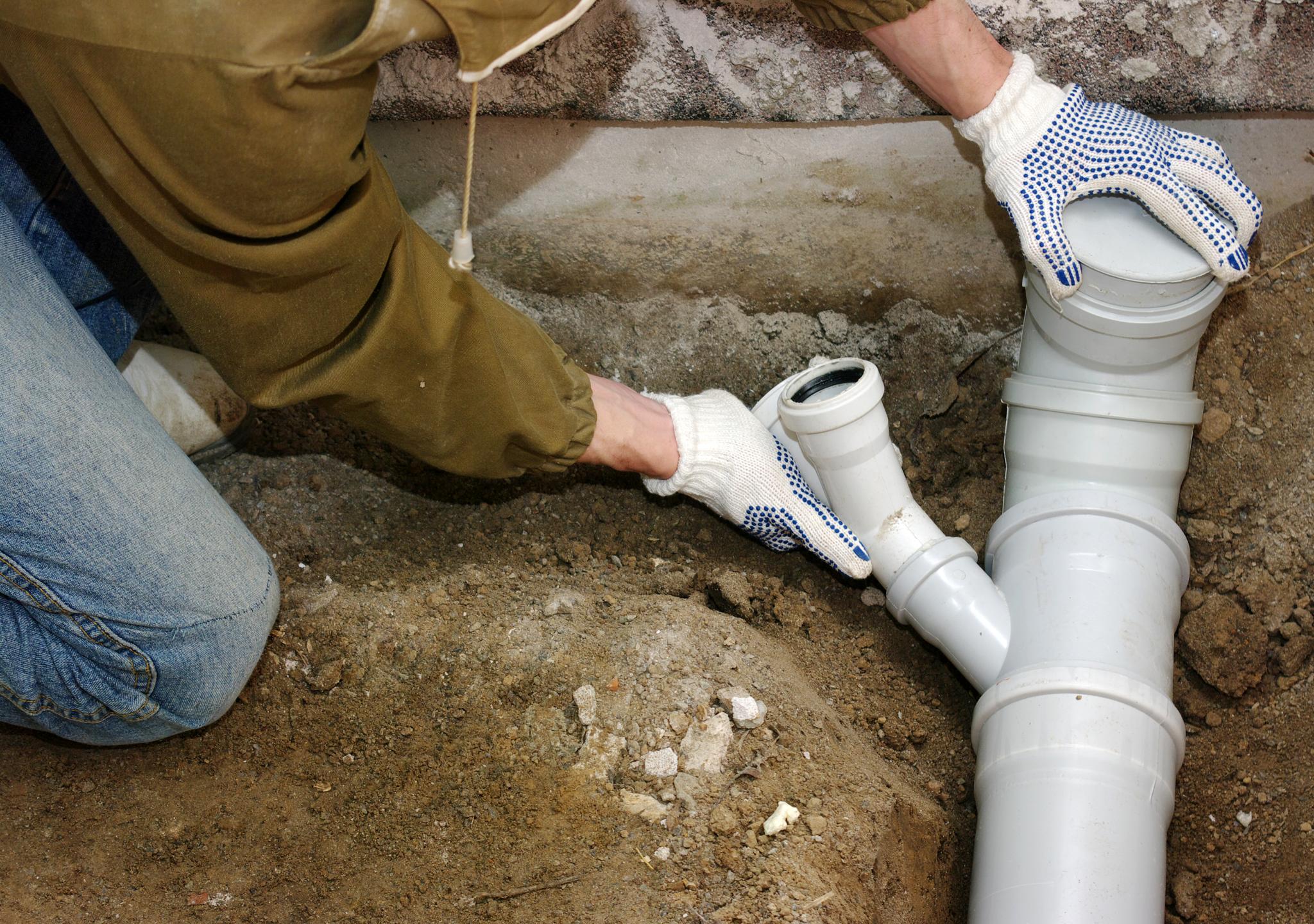
Keeping your home’s plumbing in good condition is important but pipes will become worn-out over time. The traditional method of replacing them involves digging up and removing the old pipes. This can be messy and costly. However, pipe relining can be a alternative that is more cost-effective and convenient alternative.
Key Takeaways
- The process of relining pipes is a low-cost alternative to traditional replacement of pipes techniques.
- Selecting the correct material for pipe relining is essential for longevity and efficiency
- Some considerations when selecting materials for pipe relining include the conditions, flow capacity along with durability, cost, and maintenance
- Different types of pipe relining materials include Cured in-Place-Pipe (CIPP), Fiberglass Pipe Lining, and cast iron Pipe Lining.
- Relining pipes results in a new "pipe within a pipe" that allows for full functionality, without removal of existing pipes.
But with so many different options for pipe relining It is essential to select the right one. This guide will assist you in understanding what to look for when selecting a pipe relining material that is suitable for your needs and budget.
What is Pipe Relining?
Before we go into how to choose the right pipe for relining, let’s review what it is.
Pipe relining is a process which involves inserting an epoxy liner into damaged or degraded sewer lines, water mains or any other underground pipes systems to stop leaks and root infiltration. It creates a "pipe inside the pipe" that assists in restoring the full functionality, without having to require the removal of the existing pipes.
The benefits of pipe relining include:
- Minimizes excavation works
- Reduces costs related to traditional methods
- It’s less messy than excavation
While there are many advantages when it comes to lining, selecting the proper material to line your home is vital for efficiency and long-term durability.
Take into account the following when selecting pipe relining Materials
- Environmental: Another of the most important things to take into consideration when choosing the material for your pipe liner should be the surroundings. The external surroundings determine the longevity of the liner will be free of damage from chemicals or humid conditions, among other.
- Flow Capacity: The term "flow capacity" could refer to the volume of liquid that passes smoothly over your plumbing after installing new liners.
- Durability The measure of durability is how long it will last when exposed to extreme environments, such as high moisture levels, chemicals among other extreme conditions.
Costs
Additional Information
- Why CCTV Drain Inspection is a Cost-Effective Solution for Your Plumbing Needs
- Catching Drain Issues Early: The Benefits of Scheduling Regular Inspections for Your Business
- Demystifying In-Depth Walkthrough to the Plumbing Relining Process: All You Can Expect
- Is It Time for a CCTV Drain Inspection? Here's What You Need to Know
- When to Prevent Piping Problems: Evaluate Relining
- The Dangers of Using Chemical Drain Unblockers
- Protect Your Home Investment by Conducting A CCTV Drain Inspection Prior Purchase
- Benefits of Pipe Relining for Your Blocked Drains Problem
- How CCTV Drain Inspection Saves You Time and Money in the Long Run
- How to Tell You Need Drain Clearing Services for Your Business


